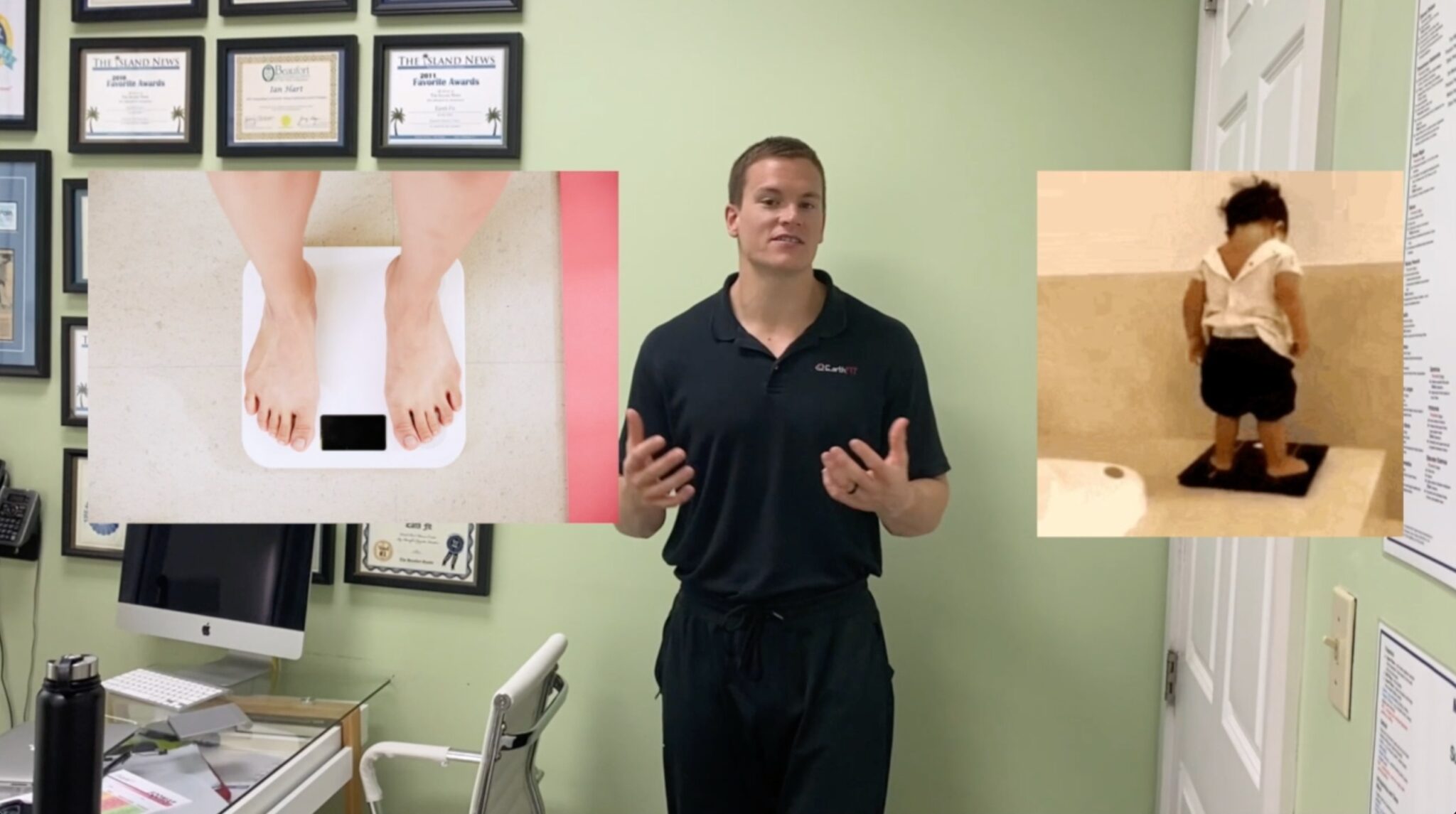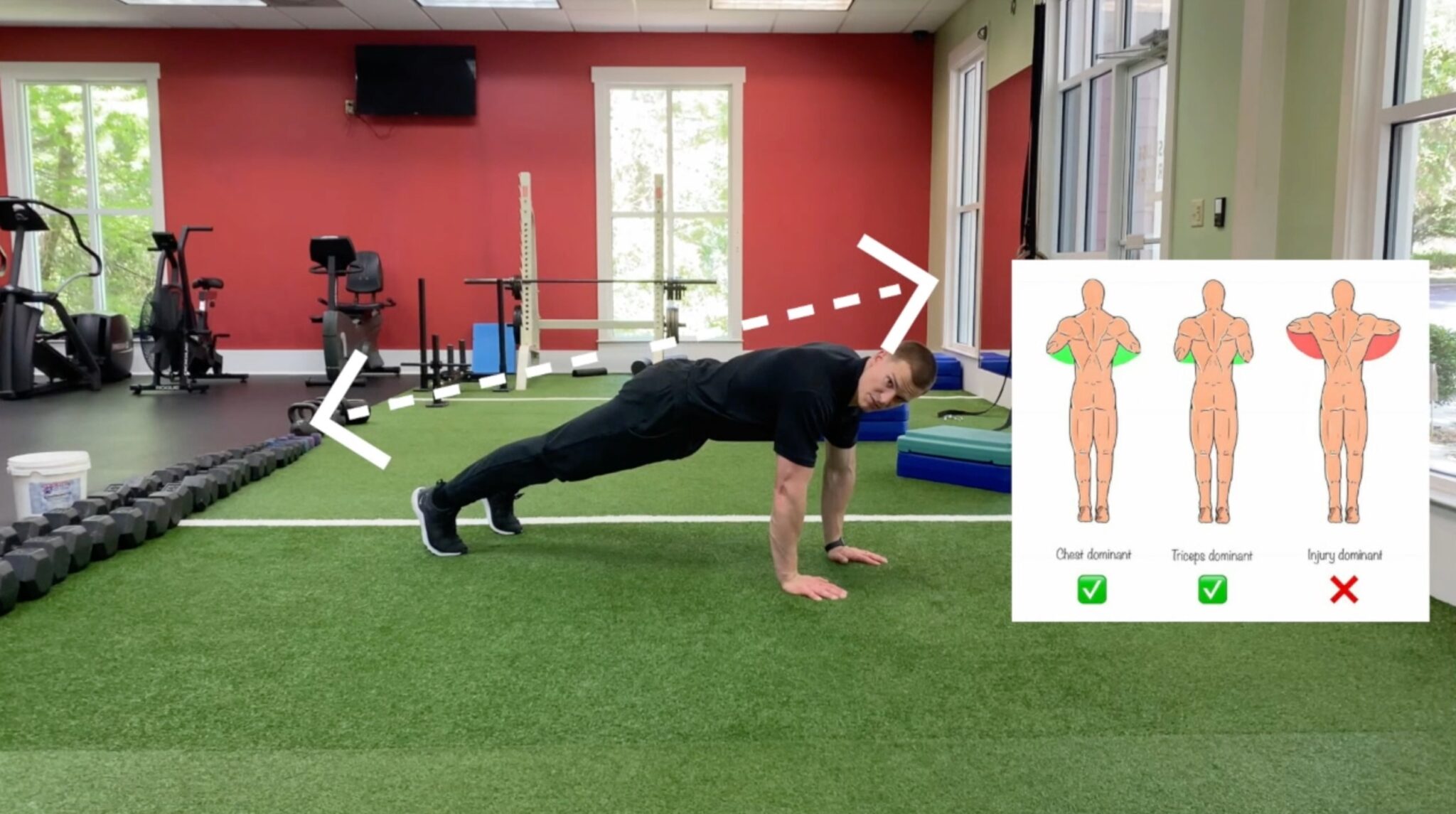“Hey everyone! It’s Whitney from EarthFIT. And today I want to talk to you about some common mistakes we’ll see with the conventional deadlift. We’ll talk about why they happen and how we can correct those mistakes using proper form and technique. So one mistake we see that’s common is rounding the back. And when we talk about rounding in the back, it’s important to identify, are we talking about the upper back or the lower back? Because there is a difference between the two when it comes to seeing this mistake.
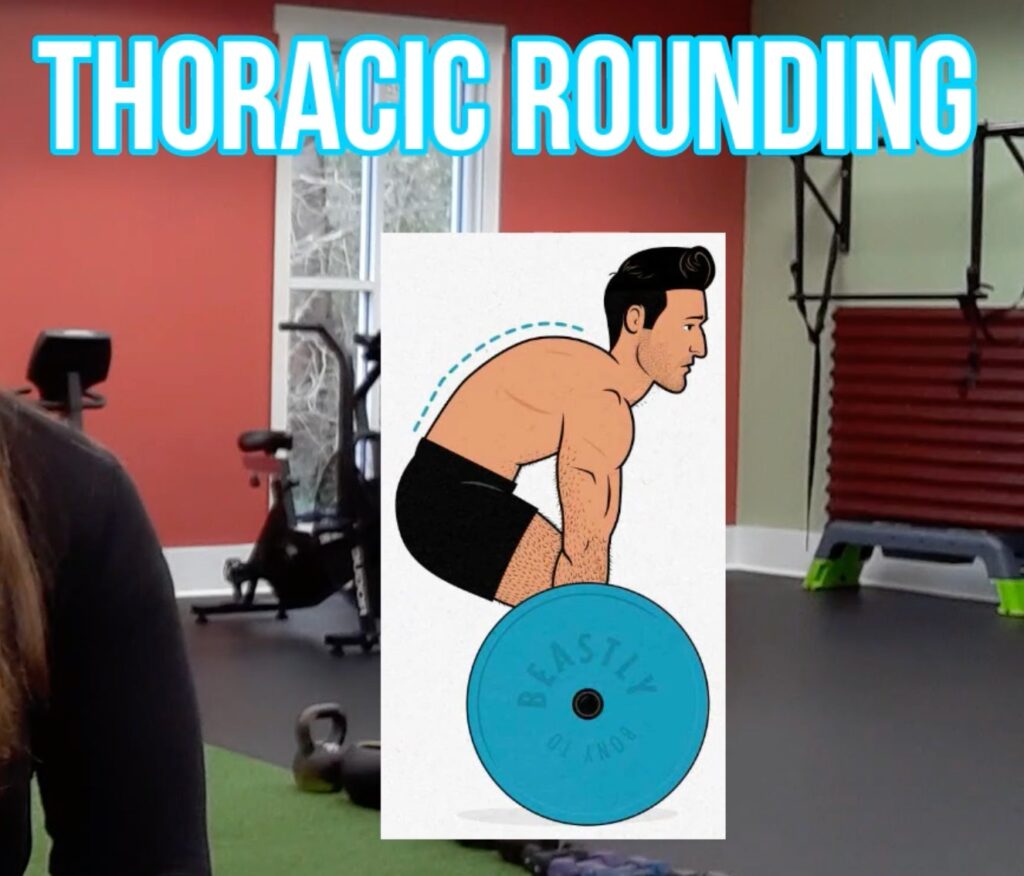
So if it’s your upper back that you’re seeing rounding in, one of the reasons could be because of your personal leverage. So everyone has different body part length. So if someone’s torso is longer, they have shorter arms. You can naturally see some rounding in the upper spine when performing the deadlift.
Now it’s important to notice that is that range of motion that you’re seeing that spinal flexion in the upper back, is it increasing as the weight gets heavier? If so, there could be something else going on, but if it’s about the same at low weight, heavier weight, then it could just be a matter of body mechanics.
Another reason you can see the upper back round when you’re doing the deadlift is that if someone’s going for a max weight deadlifts, we’re talking very few reps here, one, two, maybe three. You can see some natural spinal flexion in that upper back when you’re getting to those really heavy pulls.
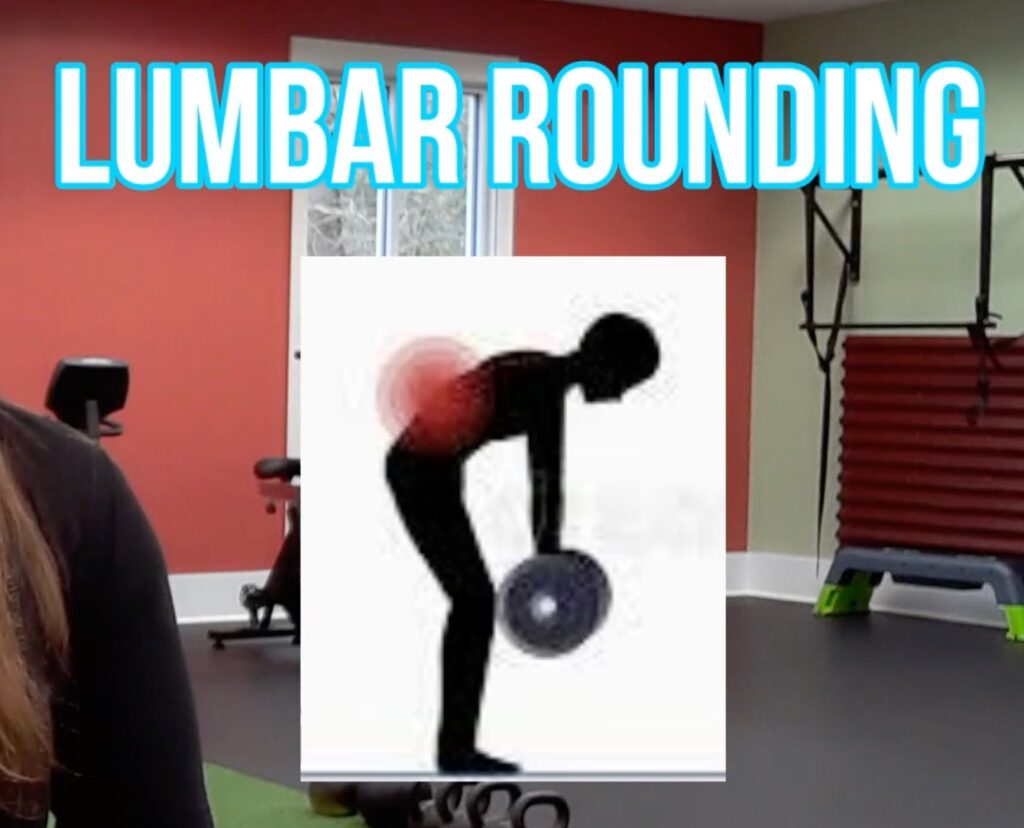
Now, if we’re talking about the lower back, one of the reasons this can be happening, if you see rounding in the lower back during the deadlift is if someone is not actively stabilized in their spine, using their core. If you’re passively stabilizing the spine, you’re relying on your joints and your spine to actually stabilize itself.
One way to make sure you’re actively stabilizing the spine using your core is you want to breathe into the belly and you want to make sure the belly is expanding, not the chest necessarily. So breathe in a manner that’s almost like a 360 degrees. So (1) breathe in, (2) expand the belly. Now hold that breath in. (3) And then you want to push the abdominal muscles and you’ll feel some tension in the back, some tension in the core. And now you’re actively stabilizing the spine using those abdominal muscles in your core. And you want to keep that tension while you’re performing the entire movement of the deadlift.
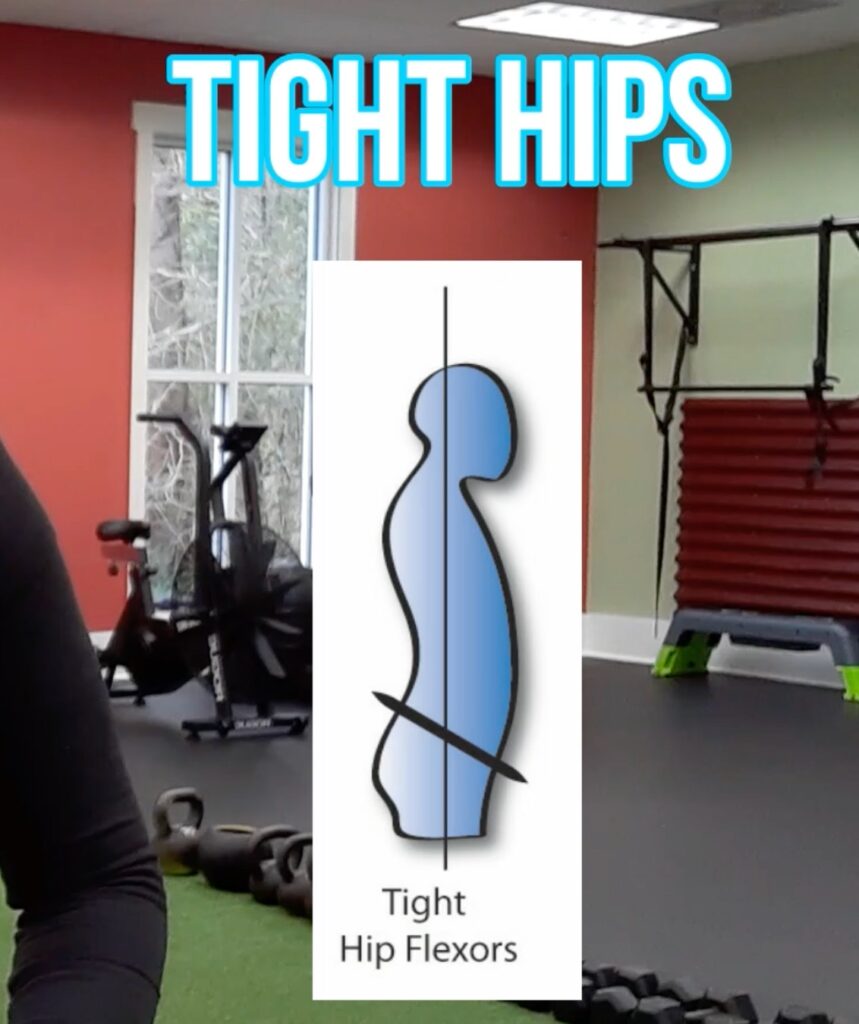
Now, another reason you can see some rounding in the low back is if someone’s hips are very tight, if your hips are tight, what happens is the lack of mobility in the hips is being compensated for in the lumbar spine. So you’ll start to see some extra rounding there. Now, a way to identify if this is a problem is you’re going to notice that your hips are going to be tight throughout the day not just when you’re lifting. So that’ll indicate to you if that could be impacting your lift. And obviously the best thing to do is mobilize the hips before you go to lift. And of course, throughout the day when you’re not lifting and that’ll help increase that mobility.”
-EarthFIT Coach Whitney


